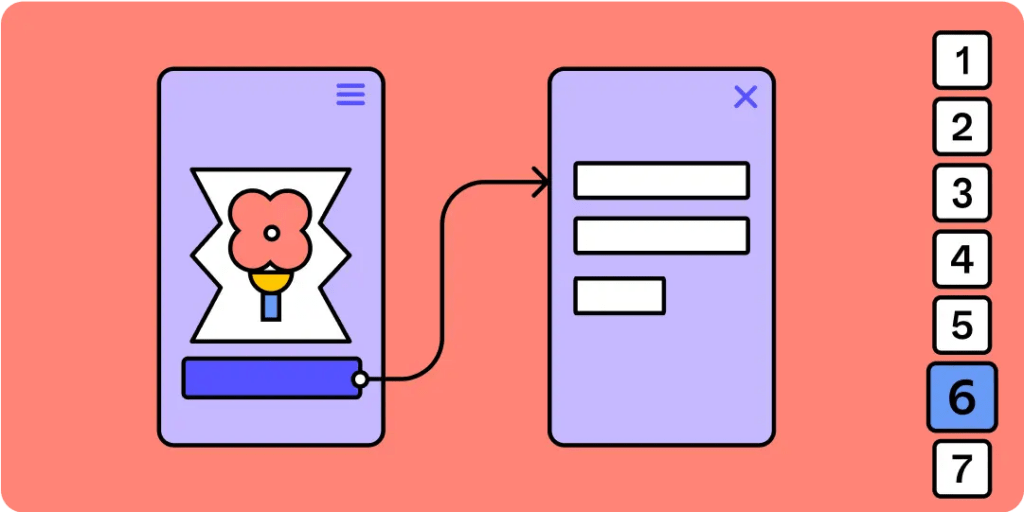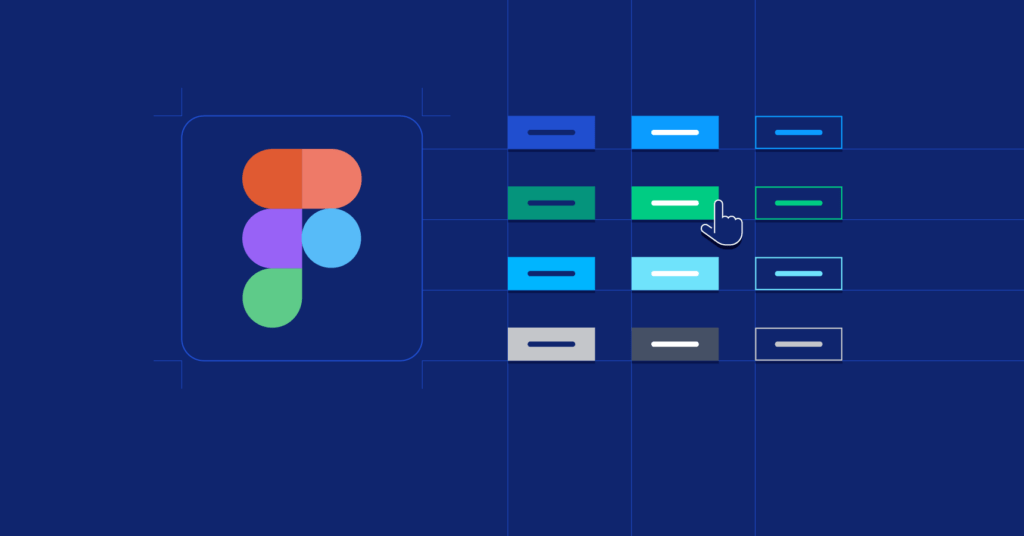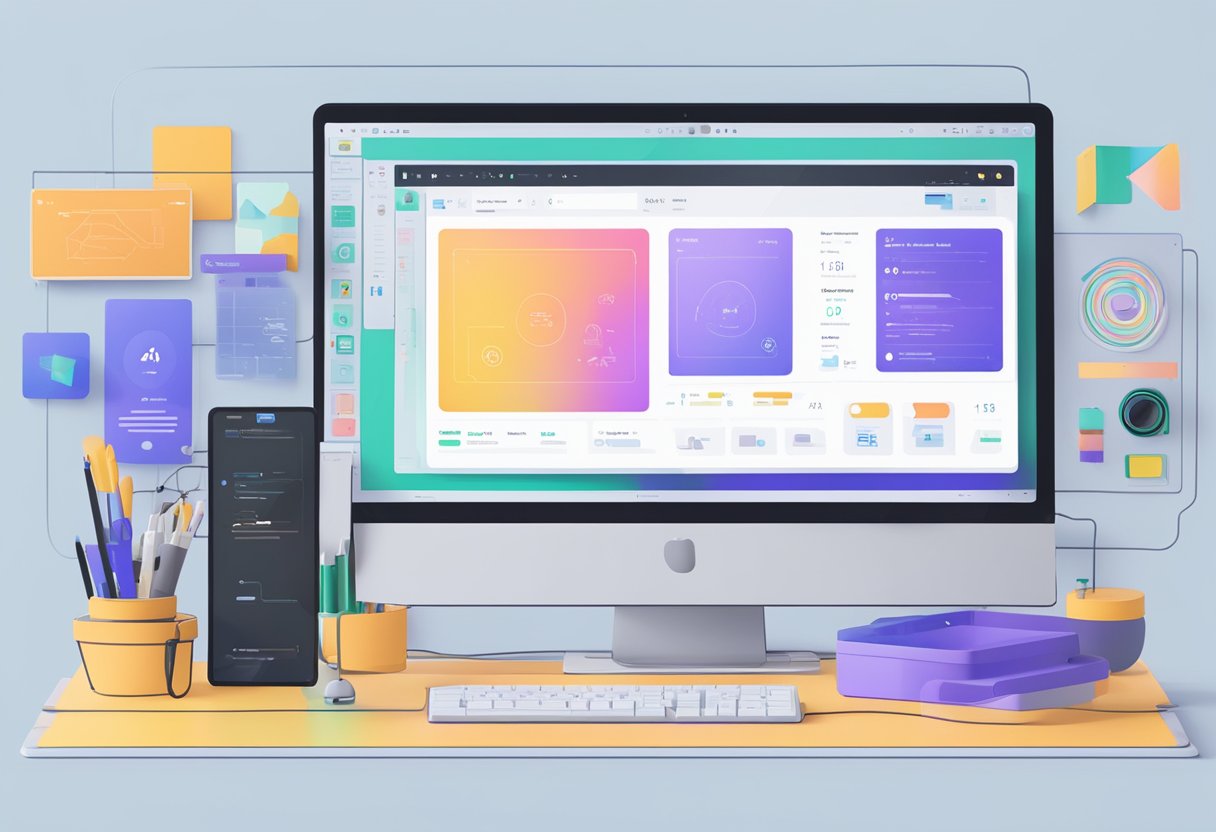Website mockup Figma- Website mockups are an essential part of the web design process. They visually represent a website's layout, design, and content. Figma is a popular design software that allows designers to create website mockups with ease. Figma is a prototyping tool that is used to showcase the website's design to stakeholders and clients, as well as to plan and organize the website's development.
Understanding Figma as a prototyping tool is key to creating website mockups in Figma. Figma is a vector graphics editor and prototyping tool that allows designers to create and collaborate on designs in real time. It is a web-based tool that is accessible from any device with an internet connection. Figma has a user-friendly interface that makes it easy for designers to create website mockups quickly and efficiently.
Creating website mockups in Figma is a straightforward process. Designers can start by creating a new file and selecting a device frame to work with. They can then customize the mockup by adding text, media, and other design elements. Figma also offers a vast library of components and layouts that designers can use to speed up the design process. Customizing mockups in Figma is easy, and designers can preview their designs in real time to see how they look on different devices.
Key Takeaways
- Figma is a powerful prototyping tool that allows designers to create website mockups quickly and efficiently.
- Designers can customize mockups in Figma by adding text, media, and other design elements.
- Figma offers a vast library of components and layouts that designers can use to speed up the design process.
Understanding Figma as a Prototyping Tool

Figma is a popular design tool used by designers and developers to create website mockups, prototypes, and wireframes. It is a cloud-based software that allows multiple users to collaborate on a project in real-time and is available on both Mac and Windows platforms. Figma is a versatile tool that can be used for a variety of design tasks, from creating logos and icons to designing user interfaces.
One of the main features of Figma is its prototyping capabilities. With Figma's prototyping tool, designers can create interactive prototypes that simulate user interactions and flows. This allows designers to test and refine their designs before implementing them in code. Figma's prototyping tool is easy to use and requires no coding skills, making it accessible to designers of all levels.
Figma's prototyping tool allows designers to create clickable prototypes that simulate user flows. Designers can add interactions such as hover effects, animations, and transitions to their designs, making them feel more like a real website or application. Figma's prototyping tool also allows designers to create different states for their designs, such as hover states or error states, to simulate different scenarios.
Figma has a more intuitive and user-friendly interface than other prototyping tools like Adobe XD. Figma's cloud-based nature also makes it easier for designers to collaborate with other team members, as everyone can work on the same project in real time. Figma also has a robust library of plugins and integrations that allow designers to extend the software's functionality and integrate it with other tools in their workflow.
Creating Website Mockups in Figma
Figma is a popular design tool that allows designers to create website mockups quickly and easily. A website mockup visually represents a website's layout, design, and content. It helps designers to communicate their ideas to clients and stakeholders and to get feedback before moving on to the actual design and development phase.
To create website mockups in Figma, designers can follow these simple steps:
- Create a new file in Figma and set the canvas size to the desired dimensions.
- Use the Rectangle tool to create the basic layout of the website, including the header, footer, and main content areas.
- Add text and images to the mockup to give an idea of the content that will be included on the website.
- Use the Vector tool to create icons and other graphical elements that will be used on the website.
- Use the Prototype mode to create interactive elements such as buttons and links.
Using Figma to create website mockups allows designers to save time and improve their workflow. Figma's collaborative features also make sharing mockups with clients and stakeholders easy to get feedback and make real-time changes.
Customizing Mockups
Once a mockup is created in Figma, it can be customized to fit the exact needs of the designer. Figma offers a variety of tools to make sure that the mockup is perfect.
Selecting Objects
To customize a mockup, the designer must first select the object they wish to modify. In Figma, objects can be selected by clicking on them. If multiple objects are in close proximity, holding down the Shift key while clicking will allow the designer to select multiple objects at once.
Customizing Objects
Once an object is selected, the designer can customize it using the Properties panel. The Properties panel allows the designer to adjust the object's size, position, and other attributes. The designer can also change the object's color, font, and other visual aspects.
Exporting Mockups
After the mockup is customized, it can be exported in various formats. Figma allows designers to export mockups as PNG, JPG, SVG, and PDF files. The designer can choose the format that best suits their needs.
Figma Components and Layout
Figma is a powerful design tool that allows designers to create website mockups with ease. One of the key features of Figma is its ability to create and use components. Components are reusable design elements that can be used throughout a project. This makes it easy to maintain consistency across a website's design.

Another important aspect of website mockups is the layout. Figma provides designers with a variety of layout options to choose from, including grids. Grids are useful for creating a consistent layout and spacing between design elements. They can be customized to fit the specific needs of a website's design.
In Figma, designers can easily create and customize components and layouts using various tools. The toolbar includes options for creating shapes, adding text, and adjusting spacing and alignment. Additionally, Figma provides designers with various keyboard shortcuts to speed up the design process.
Overall, Figma provides designers with various powerful tools for creating website mockups. Designers can create consistent and visually appealing designs by utilizing components and layouts.
Adding Text and Media
When creating a website mockup in Figma, designers can add various types of content to their designs, including text and media. Adding text is as simple as selecting the Text tool and dragging out a text box to add text to the mockup. Designers can customize the text's font, size, color, and alignment to suit their design needs.
In addition to text, designers can also add visual elements to their mockups by dragging and dropping images from their computer onto the canvas. Figma supports various image formats, making adding photos, graphics, and other visual content to the mockup easy.
Designers can also add other media types to their mockups, such as videos or audio files. Using Figma's built-in prototyping tools, designers can create interactive mockups allowing users to interact with the media and other elements on the page.
Adding text and media to a website mockup in Figma is a straightforward process that can help designers create more engaging and interactive designs.
Using Figma Frames and Effects
Figma is a powerful tool for creating website mockups, and one of its most useful features is the ability to use frames and effects to create a more realistic and dynamic mockup. Frames are essentially containers that can hold other elements, such as text, images, and shapes, and can be resized and moved around as needed. On the other hand, effects are visual enhancements that can be added to elements within a frame to give them more depth and dimension.
One of the benefits of using frames in Figma is that they allow you to organize your mockup in a more structured way. For example, you can create a frame for your website's header and add elements such as a logo, navigation menu, and search bar. This makes moving and resizing the header as a whole easier than adjusting each element separately.
Effects can also be used to enhance the visual appeal of your mockup. For example, you can add a drop shadow effect to a button to make it appear more three-dimensional or use a blur effect to create a sense of depth in an image. Figma offers a wide range of effects to choose from, and they can be easily applied to any element within a frame.
Using frames and effects in Figma is a great way to create more dynamic and realistic website mockups. You can create a more polished and professional-looking design by organizing your mockup into frames and adding effects to elements within those frames.
Previewing and Sharing Mockups
After creating a website mockup in Figma, the next step is to preview and share it with stakeholders and clients. Previewing a mockup allows designers to see how it looks and behaves while sharing it allows them to get feedback and approval from stakeholders.
Figma provides several ways to preview a mockup. One way is to use the Presentation mode, which allows designers to present their designs in full-screen mode, making it easier to showcase the design to stakeholders. Another way is to use the Prototype mode, which allows designers to create interactive prototypes that simulate the behavior of the website.
Once the mockup is ready, designers can share it with stakeholders using Figma's collaboration features. They can invite stakeholders to view the mockup, leave comments, and suggest changes. This collaboration process helps designers get feedback and approval from stakeholders, which is essential to ensure that the final design meets their requirements.
In summary, previewing and sharing mockups is essential to the design process. Figma provides several ways to preview and share mockups, and with the help of services like Figmafy, designers can streamline the collaboration process and get feedback and approval from stakeholders more efficiently.
Exploring Figma Plugins and Tools
Figma is a powerful vector graphics editor that has revolutionized the way designers create website mockups. With its intuitive interface and collaborative features, Figma has quickly become a favorite among designers. However, what makes Figma truly stand out is its extensive collection of plugins and tools that can help designers take their mockups to the next level.
One of the most popular plugins for Figma is the "Vectary 3D Elements" plugin. This plugin allows designers to add 3D mockups of their designs to their Figma projects. With this plugin, designers can create realistic 3D mockups of their designs on various devices, such as smartphones, tablets, and laptops. This plugin is particularly useful for designers who want to showcase their designs in a more dynamic and engaging way.
Another popular plugin for Figma is the "Mockup" plugin. This plugin allows designers to easily add device frames to their designs, making it easier to create realistic mockups of their designs on various devices. The Mockup plugin has a large collection of high-quality and popular mockups, making it easy for designers to find the perfect mockup for their projects.
In addition to plugins, Figma has several built-in tools to help designers create more polished and professional-looking mockups. One of these tools is the "Auto Layout" feature, which allows designers to create responsive designs that automatically adjust to different screen sizes. This feature is particularly useful for designers who want to create mockups for websites or apps that must work on various devices.
Overall, Figma's collection of plugins and tools makes it an incredibly powerful tool for designers. With these plugins and tools, designers can create more engaging, realistic mockups and more polished, professional-looking designs.
Figma for Different Devices
Figma is a popular web design tool that allows designers to create and collaborate on website mockups. One of the key advantages of using Figma is its ability to create mockups for different devices, including tablets.
Tablets are increasingly popular devices for web browsing, and it's important for web designers to ensure that their websites look great. With Figma, designers can easily create mockups for different tablet sizes and resolutions, ensuring that their designs are optimized for these devices.
Figma offers a wide range of tablet frames and templates, making it easy for designers to get started. They can choose from popular tablet models, such as the iPad Pro and the Samsung Galaxy Tab, and customize the frames to fit their designs.
In addition to tablets, Figma also offers mockups for a wide range of other devices, including desktops, laptops, and smartphones. This makes it a versatile tool for web designers who need to create mockups for different devices and screen sizes.
Overall, Figma is an excellent tool for web designers who need to create mockups for different devices. Its wide range of templates and frames and its collaborative features make it a powerful tool for designing websites that look great on all devices.
Conclusion
In conclusion, creating website mockups in Figma is a great way to plan and organize the design of a website. Figma offers a user-friendly interface that allows designers to easily create and edit mockups, making it a popular choice in the industry.
One of the advantages of using Figma for website mockups is the ability to create interactive prototypes. Prototypes allow designers to test the functionality of the website and make necessary changes before the development phase begins. This saves time and resources in the long run.
Another benefit of using Figma for website mockups is collaborating with team members and stakeholders. Figma allows multiple users to work on the same project simultaneously, making sharing ideas and getting real-time feedback easy.
It's important to remember that a website mockup is just a visual representation of the website's design. While creating a visually appealing mockup is important, it's equally important to ensure that the website is easy to navigate and browse.
Overall, Figma is a great tool for creating website mockups. With its user-friendly interface, interactive prototypes, and collaboration features, it's no wonder why it's a popular choice among designers.
Have a design file you need to bring to life? Get in touch to receive a FREE consultation and proposal!



